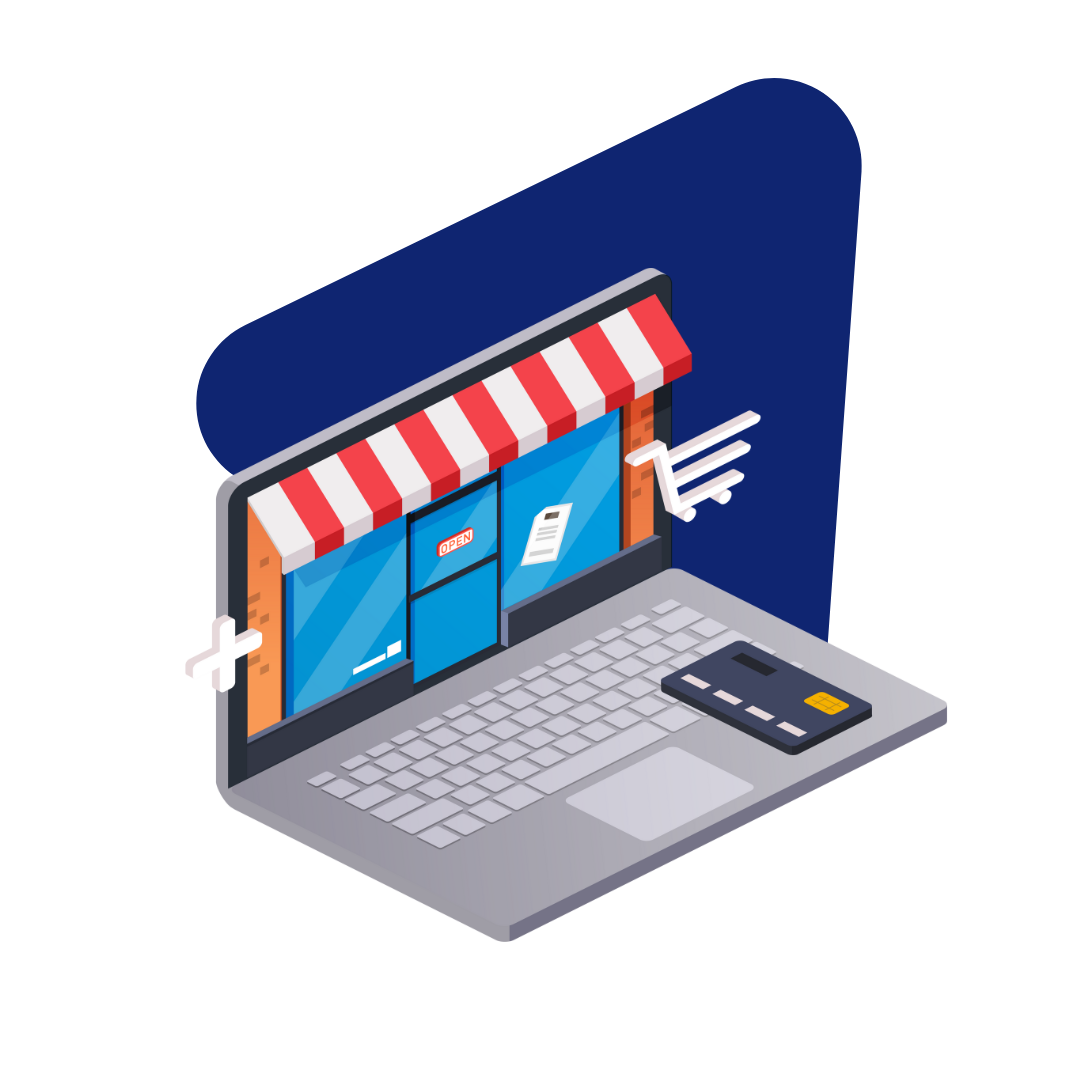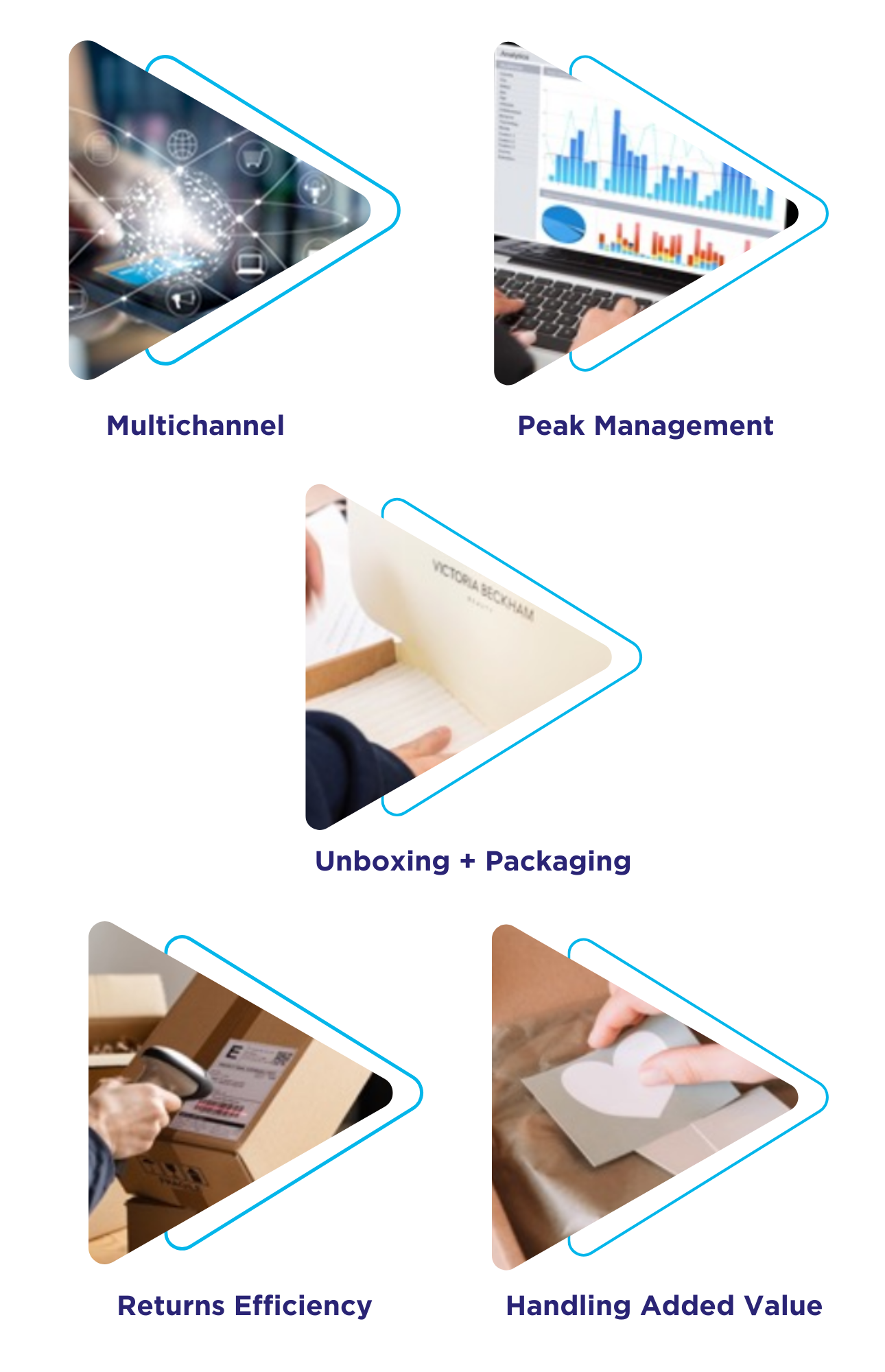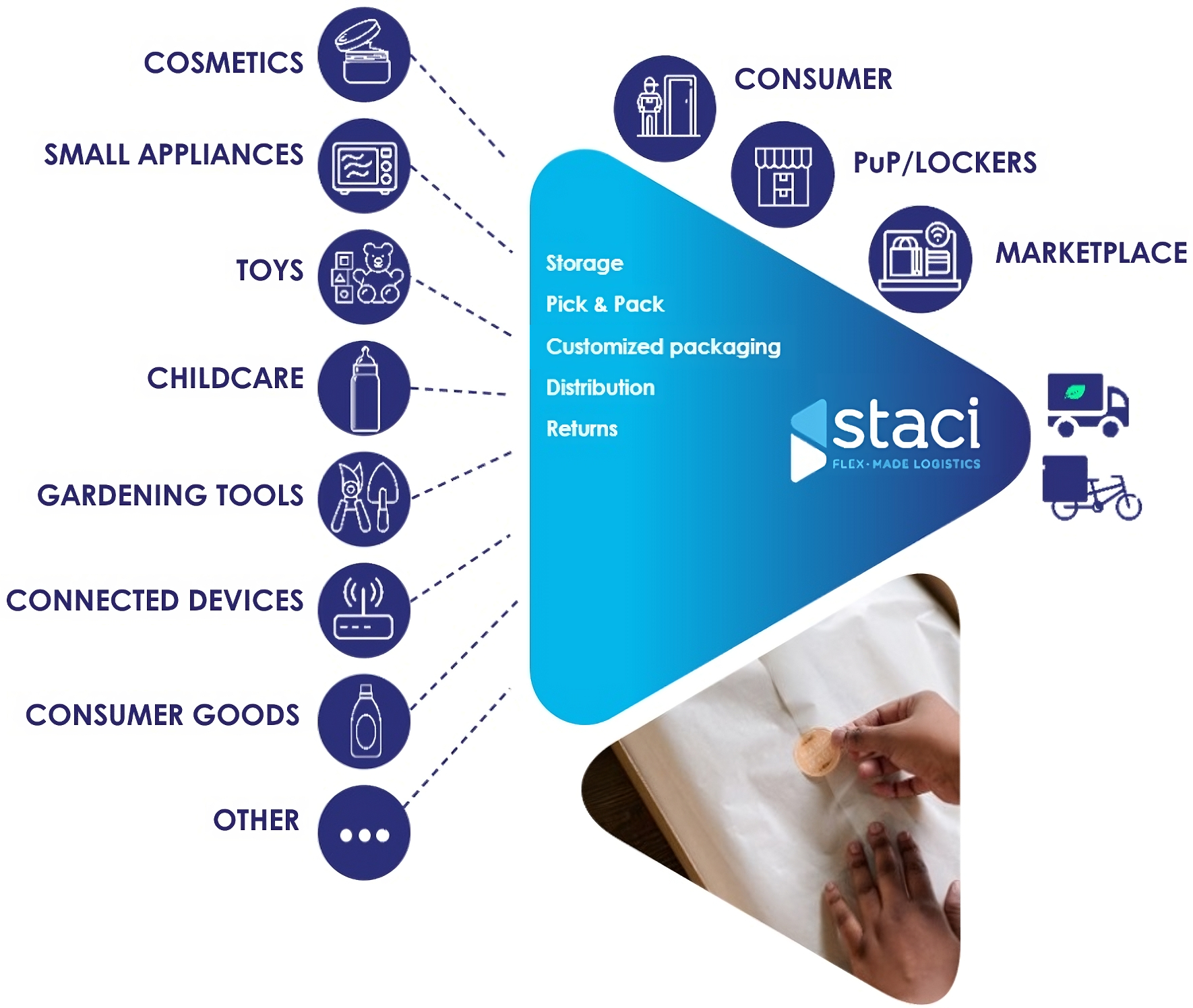Ecommerce Fulfillment
Staci Americas specializes in high volume, direct-to-consumer order fulfillment services. We ship more than 65,000 consumer orders daily, and our national fulfillment warehouse network gives you 1-2 day ground delivery to 95% of the U.S.

Multichannel
Peak Management
Unboxing + Packaging
Handling Added Value
Returns Efficiency

eCommerce Fulfillment Operations
Innovative, metric-driven approach to fulfillment
Brand Collaborations
Efficient inventory management and timely fulfillment designed to exceed customer expectations
Rapid Implementation
A dedicated account manager ensures fast and efficient onboarding
Comprehensive eCommerce Fulfillment Services
Pick, pack, and ship
Value added services (Kitting, labeling and more)
Parcel freight management
Inventory management
Returns management
Call center services
Sectors We Serve
Comprehensive eCommerce Fulfillment Services

Pick, pack, and ship
-1.png?width=1080&height=1080&name=Recall%20Management%20(2)-1.png)
Value added services (Kitting, labeling and more)
.png?width=1080&height=1080&name=inventory%20(2).png)
Parcel freight management

Inventory management
.png?width=1080&height=1080&name=inventory%20(3).png)
Returns management
.png?width=1080&height=1080&name=inventory%20(4).png)
Call center services

Staci Americas eCommerce fulfillment services help you to…

Grow Revenue
With 18 locations across the U.S., we can scale to meet your needs. Go ahead, sell!

Save Money
Nationwide warehouse locations mean faster transit times and lower parcel rates.

Save Time
Avoid the painstaking details of inventory management and pick/pack/ship services.

Maintain Control
Our easy-to-use web portal lets you log on and see what’s going on, right now or over time.

Manage Risk
We are one of the industry’s most reliable operators

Integrate eCommerce
Automated integrations with platforms, such as Shopify, Magento, WooCommerce, and others
Staci Americas eCommerce fulfillment services help you to…
Fulfillment process built to your exact needs (including advanced picking, cluster, dynamic, pick to light, pick to screen, automation)
Scale without large capital investments by leveraging our national and global fulfillment infrastructure
Fulfill DRTV orders – Staci Americas' acquisition of Moulton Logistics make it one of the largest fulfillment providers for the direct response TV industry.
Ability to manage seasonal volume swings and labor needs
Real-time business intelligence monitoring of your business
Initiatives to support your ESG goals: consolidation hub, sustainable packaging and green transportation options
Ready to get started?
We are here to answer your questions

